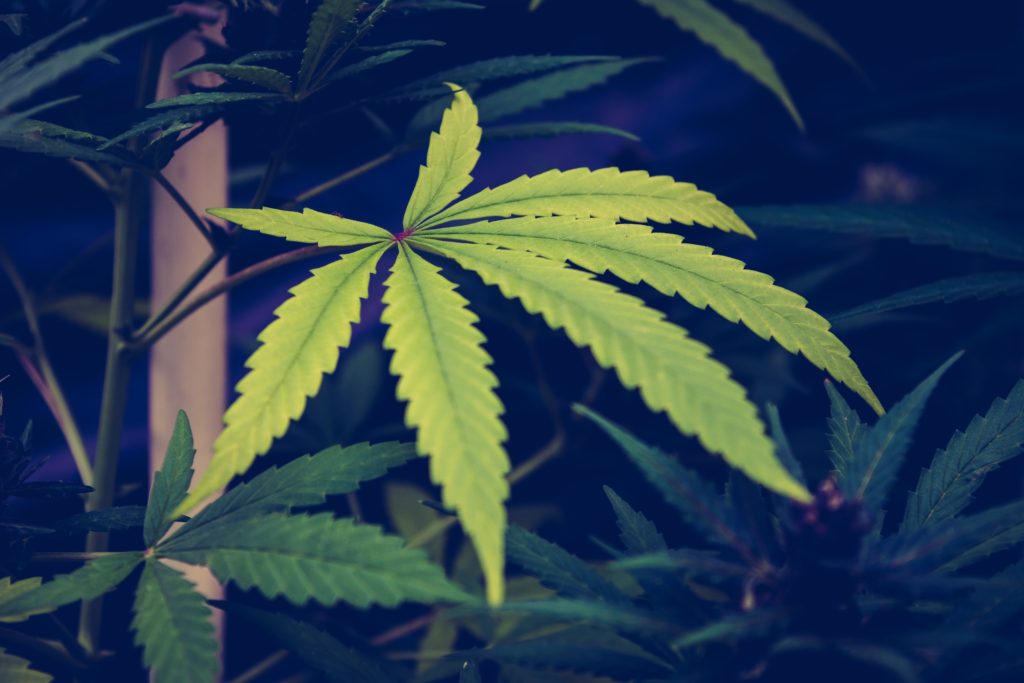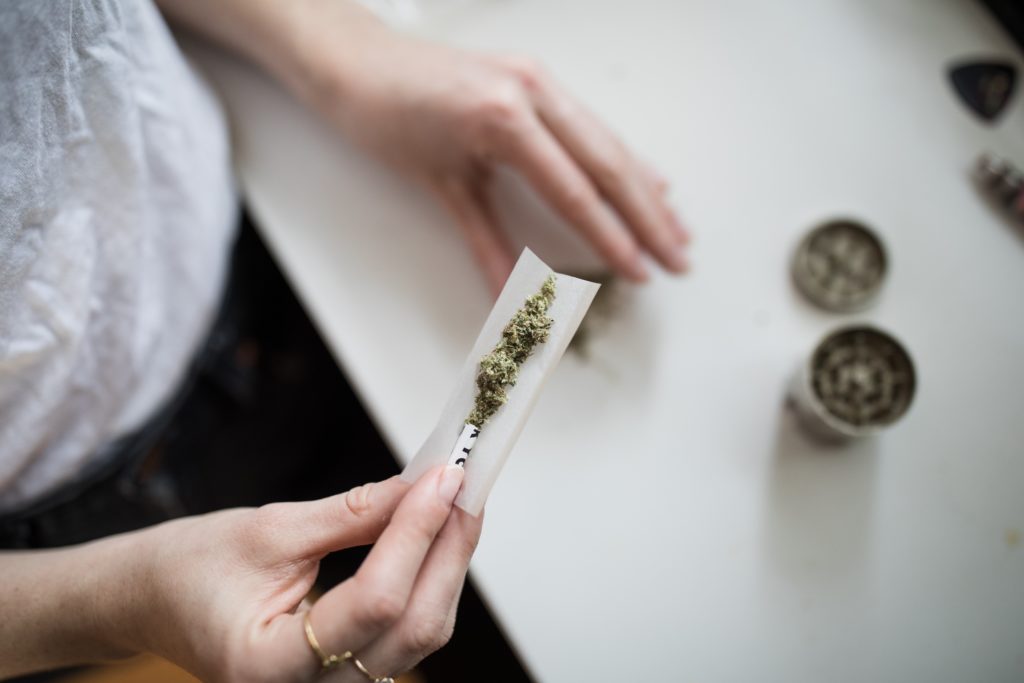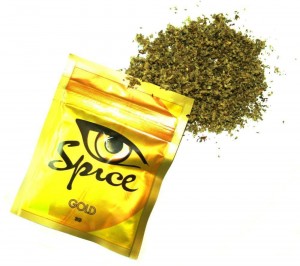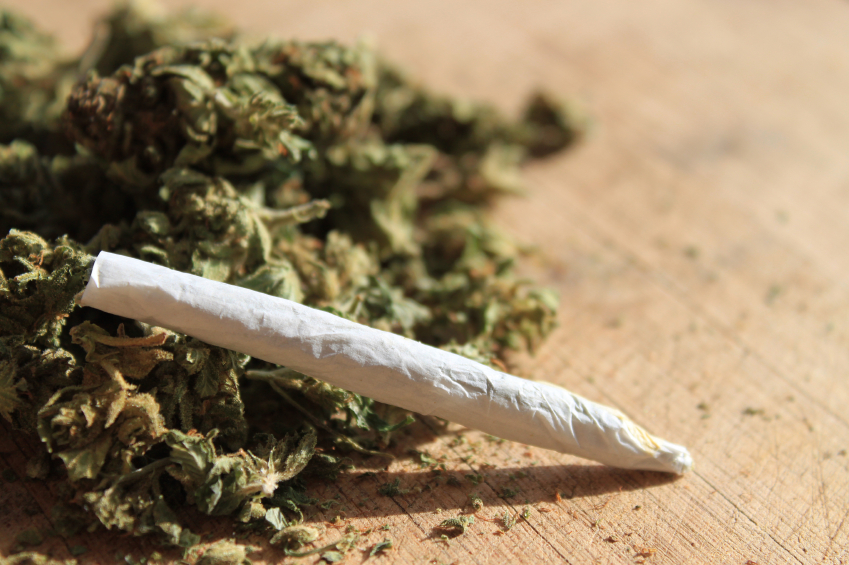Adolescent Cannabis Use is Associated with Regional Decreases in Cortical Volume and Greater Decreases in Males than Females
Mona Darvishi of The Ohio State University reported that adolescent cannabis use is associated with regional decreases in cortical volume in 10 of 42 brain regions.
In two of these regions, the superior frontal gyrus and the caudal middle frontal gyrus, there was a significant drug-by-sex interaction with males having significantly greater volume reductions. They conclude “Our findings, combined with existing research on marijuana users, suggest that marijuana use is associated with brain structure, with potential sex-specific effects”
Adolescent Delta-9-tetrahydrocannabinol induces long-term neuronal disturbances in dorsal vs. ventral hippocampus
De Felice et al reported in Neuropsychopharmacology (2022) how adolescent THC exposure in a rodent model can induce significant morphological disturbances and glutamatergic signaling abnormalities in the hippocampus. The dorsal hippocampus is critical for cognitive and contextual processing, whereas the ventral region is critical for affective and emotional processing. Adolescent THC exposure induces long-lasting memory deficits and anxiety like-behaviors concomitant with a wide range of differential molecular and neuronal abnormalities in dorsal vs. ventral hippocampal regions.
Editors Note: While these data are in rodents, they provide insights into how THC use in adolescents exerts memory deficits and anxiety-like behavior in adulthood by dysregulation of glutamate signaling in the hippocampus. These data converge with data in humans. The bottom line is: use of marijuana in adolescence is not good for brain function, cognition, and behavior in adulthood.
In Animal Model, Long-Term THC Exposure Interferes with Cortical Control of the Nucleus Accumbens

In an article in the journal Biological Psychiatry, researchers Eun-Kyung Hwang and Carl R. Lupica reported that in rats, long-term use of THC (tetrahydrocannabinol) weakens input from the cortex to the reward area of the brain, the nucleus accumbens (NAc). Long-term THC use also strengthens connections to the NAc from emotional control (limbic) regions, such as the basolateral amygdala and ventral hippocampus. Hwang and Lupica reason that this shift from cortical control of the NAc to limbic control likely contributes to the cognitive and psychiatric symptoms associated with cannabis use.
Editor’s Note: Street marijuana largely contains THC rather than CBD, the beneficial, anxiety-reducing component of cannabis. Cannabis products are being decriminalized, but it is important to remember that those with THC are linked to cannabis use disorder and increased susceptibility to psychiatric illness. Patients with bipolar disorder who use marijuana also have a more adverse course of illness than those who do not use it.
One Hit of THC Tied to Psychotic Symptoms in Adults with No History of Mental Illness

In a meta-analysis published in the journal Lancet Psychiatry, researcher Guy Hindley and colleagues reported that in otherwise healthy adults, a single dose of THC (equivalent to smoking one joint) produced transient psychotic symptoms.
The meta-analysis included 9 studies with a total of 196 participants. The researchers included studies in which participants took tetrahydrocannabinol (THC, the psychoactive component in marijuana) or placebo, and psychotic symptoms were measured.
The researchers also sought out studies in which cannabidiol or CBD was given in combination with THC, but there were not enough of these to derive significant results. CBD does not produce schizophrenia-like symptoms on its own, and some think it may have anti-psychotic effects, but findings on this topic have been mixed.
Taking THC had a large effect size on total psychotic symptoms and negative symptom severity (such as emotional flatness or avolition). It also had an effect on positive symptom severity (for example, hallucinations or delusions). The effects were larger with intravenous administration than with inhaled administration, and tobacco smokers had less severe positive symptoms.
Of four studies that included CBD, only one found that CBD reduced THC-induced psychotic symptoms.
Editor’s Note: Longer-term use of marijuana in adolescents and young adults doubles the risk of psychosis, and other data suggest that chronic use of marijuana at high doses can be associated with new onset of a diagnosis of bipolar disorder or schizophrenia. As cannabis products are being decriminalized around the US, it is worth noting some of the risks of marijuana use, particularly marijuana with a high level of THC.
How the Chemicals in Marijuana Work in the Brain
Raphael Mechoulam, who first synthesized THC, the main ingredient in marijuana, gave the history of marijuana and its receptors in the central nervous system in a plenary talk at the 2014 meeting of the International College of Neuropsychopharmacology. In Syria hundreds of years ago the drug was named ganzigunnu, meaning “the drug that takes away the mind.” It has also been called azalla, meaning “hand of the ghost.” Among the 100 compounds in marijuana, the best-known ingredient is delta-9-tetrahydrocannabinol (delta-9 THC), which produces most of the actions of the drug. There is another active ingredient, cannabidiol (CBD), which has calming and anti-anxiety effects, but is present in very low levels.
The brain has cannabinoid receptors that respond to ingredients in marijuana in addition to other chemicals produced in the brain. They modulate calcium ions and decrease the release of many neurotransmitters.
THC acts at CB-1 receptors, producing the high. The CB-1 receptor is synthesized on demand, post-synaptically, and is transferred to the pre-synaptic terminal where it decreases calcium and transmitter release. Consistent with marijuana’s appetite-stimulating properties (“the munchies”), if the CB-1 receptor is blocked in animals, they lose their appetite and die of hunger.
There are also low levels of CB-2 receptors in the brain, whose activation does not cause a high, and whose levels may increase dramatically in pathological situations. Activation of the CB-2 receptor is anti-inflammatory and, in the same way that the immune system acts against foreign proteins, CB-2 acts as a protector against non-proteins.
CBD does not bind to any cannabinoid receptors, but its actions are blocked by cannabinoid antagonists.
There are two chemicals in the brain (endogenous ligands) that act at cannabinoid receptors—anandamide and 2-arachidonoylglycerol (2-AG). They are soluble only in lipids (not in water), and have never been given to people. In animals, 2-AG has neuroprotective effects, decreases the size of a stroke by 60%, and increases recovery from stroke.
Marijuana and CBD in particular have also had beneficial effects in people. Marijuana decreases the nausea and vomiting associated with chemotherapy in children, has anti-inflammatory effects in rheumatoid arthritis (decreasing inflammatory marker TNF alpha), and has anti-diabetes and anti-convulsant effects.
In 2012, researcher F. Markus Leweke and colleagues showed that CBD was about as effective as the atypical antipsychotic amisulpiride in alleviating the psychotic symptoms of schizophrenia. CBD’s other effects include reducing anxiety and improving psoriasis by increasing DNA methylation (Pucci et al. 2013).
It seems possible that some of these myriad effects of marijuana and endogenous ligands at CB receptors could be exploited for clinical therapeutics, as Mechoulam endorses, but when and how that will take place remains an unanswered question.
Editor’s Note: Despite all these potential positives of CBD, it should be noted that its levels are very low in marijuana, and that heavy smoking of marijuana has substantial adverse effects. These include low motivation, a doubling of the risk of psychosis, a hastening of the onset of bipolar disorder and schizophrenia, and cognitive impairment, as well as some changes in brain structure seen via magnetic resonance imaging (MRI). It may be becoming legal in many states, but is a bad idea for those at high risk for mood, anxiety, or bipolar disorders or for schizophrenia.
Synthetic Marijuana Comes with Serious Risks, Including Risks to Fetus
Synthetic marijuana, otherwise known as spice, skank, or K2, is not only vastly more potent than the tetrahydrocannabinol (THC) in marijuana plants, but it also lacks cannabidiol (CBD), the calming, antipsychotic substance also present in the plants. This makes spice much more likely to induce major psychiatric effects.
New evidence links use of spice during pregnancy to a tragic birth defect, anencephaly, or absence of the cerebral cortex. It can also lead to the later development of attention-deficit hyperactivity disorder, learning disabilities, memory impairment, depression, and aggression.
of spice during pregnancy to a tragic birth defect, anencephaly, or absence of the cerebral cortex. It can also lead to the later development of attention-deficit hyperactivity disorder, learning disabilities, memory impairment, depression, and aggression.
Effects of THC on gestation may occur as early as two weeks after conception, meaning by the time a woman realizes she is pregnant, the fetus may have been harmed by exposure to the drug.
Other new finding associate use of spice with acute coronary syndrome and the kind of acute kidney injury that can lead to the organ shutting down.
Editor’s Note: It has now been found that synthetic marijuana, or spice, can lead to psychosis, delirium, acute coronary syndrome (heart attack) in young people, and now kidney dysfunction, in addition to causing birth defects if used by pregnant women. Not only is spice made up of more potent THC without the calming effects of CBD, but it is often laced with unknown contaminants, which are likely the cause of the heart and kidney damage.
Smoking regular marijuana is bad enough—it doubles the risk of psychosis and may precipitate the onset of schizophrenia. It may also cause long-lasting effects on cognitive function. Since many states are legalizing marijuana, it is important to know the risks. In any case the risks are much more serious with the synthetic product, and synthetic marijuana should be avoided at all costs.


